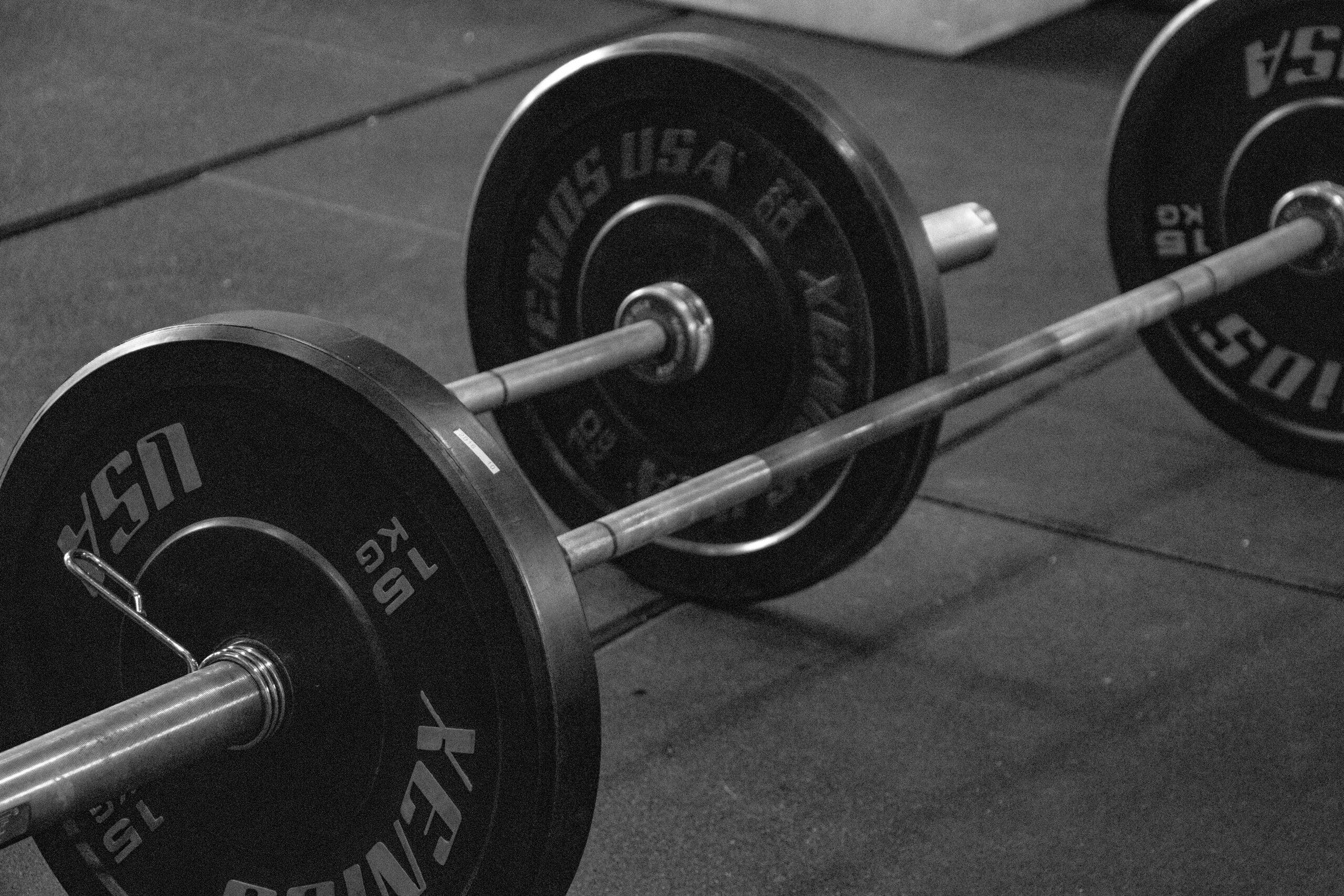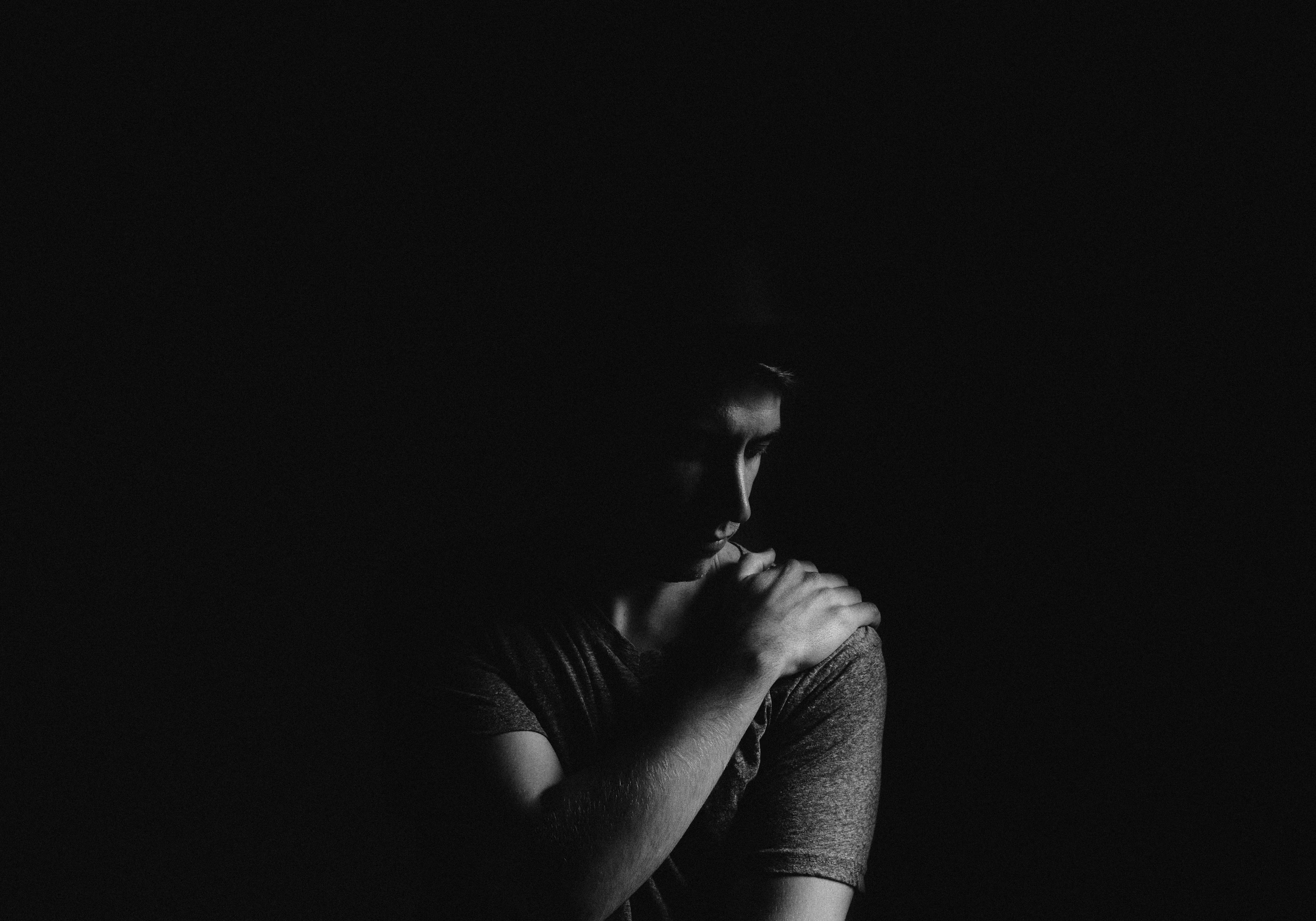Eating disorders and body dysmorphic disorder are serious health conditions that can have huge impacts on your physical, mental, and emotional health. An eating disorder can look a lot of different ways and can affect anyone, regardless of gender, body type, race, age, or demographic background. “Bigorexia“, also known as muscle dysmorphia, is form of body dysmorphic disorder, commonly found in young men, that can lead to disordered eating behaviors and eating disorders. This article will help you understand the signs and health effects of bigorexia so you or a loved one can get the help you may need.
What Is Bigorexia?
“Bigorexia” or muscle dysmorphia is a disorder characterized by the American Psychiatric Association’s Diagnostic and Statistical Manual of Mental Disorders (DSM-5) as a condition where a person struggles with an obsessive and exaggerated belief that their body is “too skinny”, “too small”, or “insufficiently muscular”. This obsession with real or perceived flaws can lead to preoccupations with weight, body image, disordered eating behaviors, low self-esteem, and other mental health conditions and physical complications. Those experiencing bigorexia may express a variety of behaviors including:
- Compulsive and excessive exercise, especially workouts that build muscle, such as lifting weights
- Restricting calories or categories of food
- Excessive consumption of protein
- Preoccupations with body shape, body size, eating, and disordered relationship to exercise and food
The behaviors associated with bigorexia often share characteristics of other eating disorders such as anorexia nervosa and bulimia nervosa and can co-occur with mental health problems such as depression, anxiety, and obsessive compulsive disorder (OCD).
There is debate in the medical community about whether bigorexia is a body dysmorphic disorder (BDD) or if it should be considered an eating disorder. Body dysmorphic disorders are characterized by an obsession with real or perceived physical flaws and a preoccupation with changing that part of the body. Eating disorders are conditions that affect one’s relationship with food and eating. Traits from both disorders are found in the behaviors of those experiencing bigorexia, so it can be challenging to understand how to formally categorize this condition. Regardless, muscle dysmorphia, also known as bigorexia, is a real and serious problem that can have major impacts on a person’s health and well-being.

Who Is at Risk?
Bigorexia can affect anyone regardless of age or gender, but studies have found that nearly 90% of those struggling with muscle dysmorphia are young men between the ages of 15 and 32. The “idealized masculine body” typically trends toward a bulky body shape and defined muscularity. These idealized images are constantly imposed upon young men and teen boys by popular culture, resulting in an increase in body dysmorphic disorders, such as bigorexia. Young men and adolescents experiencing body image issues and eating disorders often attempt to increase muscle mass by excessive weightlifting and exercising, misusing supplements such as steroids, and binge eating. It is also common among young men and teen boys to use purging and fasting to increase muscular definition. Bodybuilders and athletes of all ages and genders are also at a higher risk of struggling with bigorexia, given the environmental focus on body shape, body weight, strength, and perfectionism.
There are additional risk factors to developing body dysmorphic disorders such as bigorexia. One of the highest predictors of a teen or young person developing an eating disorder or experiencing a body dysmorphic disorder is if a family member also has experienced one of these conditions. Social and cultural factors have been found to contribute to eating disorders and body dysmorphic disorders like bigorexia. Social pressures around body shape and weight are compounded by the messaging from social media and advertising. Teens and young people have increasing access to social media, promoting these idealized body types and leading to low self-esteem and potential disorders like bigorexia. Lastly, if a young person has struggled with mental illness such as obsessive compulsive disorder, depression, or anxiety or has experienced childhood trauma, they may be more at risk of developing a disorder like bigorexia.
Symptoms of Bigorexia
Eating disorders and body dysmorphic disorders can appear in a variety of ways depending on the person experiencing it. Nevertheless, there are common signs and symptoms of bigorexia that are important to recognize. Behavioral signs of bigorexia include:
- Obsession with physical appearance and body image
- Frequent exercise and excessive time spent working out or at the gym
- Frequently checking out one’s appearance in the mirror, commonly known as “mirror checking”
- Preoccupation with dieting and calories
- Changes in eating patterns
- Excessive use or misuse of supplements, steroids, or other medications
- Low self-esteem
- Mental health problems such as depression, anxiety, and obsessive compulsive disorder
Physical signs of bigorexia may look different than what you may typically expect of an eating disorder or body dysmorphic disorder. These signs may include:
- Sudden changes in body shape or body weight
- Bloating and fluid retention in limbs or face
- Reduced immune response
- Extreme muscular definition
Understanding what the various symptoms of bigorexia or muscle dysmorphia, may look like could help you identify the condition in you or a loved one and lead you to seek the support you may need.
Health Impacts of Bigorexia
Both eating disorders and body dysmorphia, specifically muscle dysmorphia can have significant and long-lasting impacts on one’s health. In the short term, the behaviors associated with bigorexia can lead to injuries. Excessive exercise, especially when done by teens in critical growth phases, can cause stress fractures, muscle strain, damage to growth plates, ruptured discs, and exhaustion. Misuse of supplements or steroids can lead to liver damage, kidney failure, immune suppression, and drastic changes in temperament. Compulsive preoccupation with one’s body shape or weight can result in low self-esteem, depression, and anxiety.
Because adolescents and young people are still in critical growth stages both physically and cognitively, displaying the behaviors associated with muscle dysmorphia can also have long-term impacts on their physical and mental health. It is important to seek treatment for this serious, but treatable, condition.
Treatment
Treatment of conditions like bigorexia varies depending on many factors, including the individual’s needs and what services are available in their area. Regardless of these factors, if you think you or a loved one might be experiencing a body dysmorphic disorder such as bigorexia, it’s important to seek support.
There are several self care actions you can take to try to improve your relationship with exercise, your self-esteem, and start your path to healing. These can include:
- Limiting the amount of time spent exercising, lifting weights, or doing other activities at the gym.
- Ceasing the use of dietary supplements, anabolic steroids, and protein supplements. You may want to talk with a medical professional or dietitian to better understand your body’s nutritional needs.
- Reducing the amount of time spent on social media, especially engaging less with accounts focused on fitness, dieting, and body image.
- Recognizing and addressing other behaviors that might be contributing to muscle dysmorphia. This may include disordered eating and substance use.
In addition to some of those measures, it is important to seek professional support for eating disorders and body dysmorphic disorders like bigorexia. Treatments will vary, but may include cognitive behavioral therapy (CBT), family-based treatment (FBT), and dialectical behavioral therapy (DBT). No matter what treatment type you and your healthcare professional decide upon, it is important to remember that bigorexia is treatable and recovery is possible.

How to Support a Teen Experiencing Bigorexia
If your teen or a young person you know is experiencing an eating disorder, you may feel overwhelmed and concerned. Because eating disorders and body dysmorphic disorders, like bigorexia, often affect individuals both psychologically and physically, it can be challenging to tackle alone. It can be helpful to find a specialized treatment team, which may consist of a therapist, dietitian, psychiatrist, and/or primary care physician, as well as a supportive network of loved ones.
This path can be challenging for both you and your child, but please remember that body dysmorphic disorder and eating disorders are complex conditions, and not a choice made by your teen. It’s important to create a safe environment and network of support that is non-judgmental and empathetic.
Seek Help
If you or a loved one is experiencing an eating disorder or body dysmorphic disorder such as bigorexia, it’s important to seek help and support. Recovery is possible and help is available with the National Alliance for Eating Disorders.
